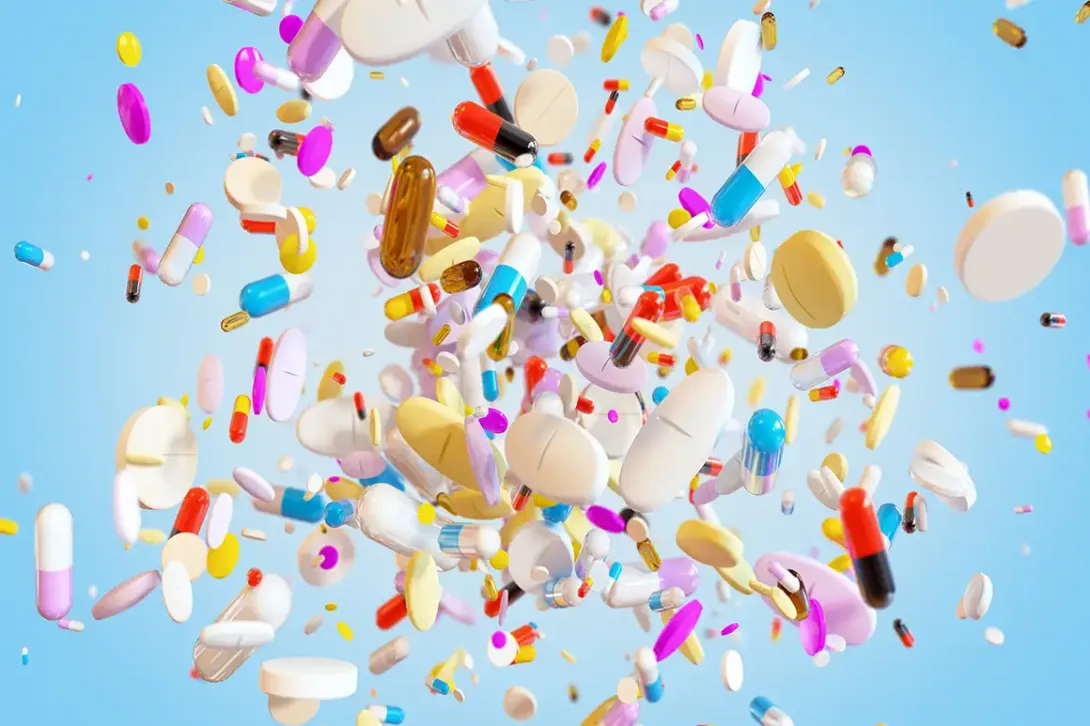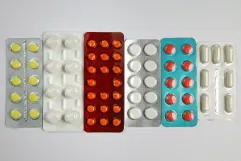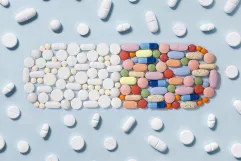
The medicines that change the world
From the first remedies by healers and botanists from primitive cultures to laboratory synthesis of monoclonal antibodies, pharmacology has experienced a spectacular evolution that has helped to save millions of lives.
Scientific advances have meant progression in the designing of increasingly precise drugs, the efficiency of which has been tested in strict clinical analyses. But this was not always the case. There were times gone by when even the most educated citizens showed their reluctance about the products that health professionals dispensed to their patients. In his interesting book Historia de los medicamentos (History of medicines), Alfredo Jácome Roca includes the worlds spoken by the philosopher Voltaire when he found out that one of his nephews wanted to study Medicine: “You wretch! How dare you study an art that consists of administering poisons about which you know nothing to organisms about which you know even less!”
However, the first steps that were taken by the healers from primitive cultures, the botanists, the first doctors and pharmacists or even alchemists were essential to establish the foundations of future scientific research. A good example of this, back in the 17th century was that cinchona bark was used to treat fevers in general and malaria in particular. Finally, in 1820 Joseph Caventou and Pierre Pelletier managed to isolate quinine, a natural alkaloid that was used to treat malaria until it was replaced by other more effective synthetic medicines.
Pharmacology through time
For centuries, pain was treated with morphine, an opiate drug the history of which could be traced back to the opium poppy or laudanum. The origin of the use of an analgesic, antipyretic and anti-inflammatory as popular as aspirin, in turn, goes back to the times of Ancient Egypt, where they had already discovered the medicinal properties of the white willow bark. But the truth is that it was at the end of the 19th century when acetylsalicylic acid was synthesised, ending up being marketed by the Bayer laboratories.
Another of the most significant steps was the discovery in 1921 of insulin, the hormone that plays a decisive role in the regulation of the glucose levels in the body, by the Canadian scientists Frederick Banting and Charles Best. Thanks to them, currently millions of people can control their diabetes, avoiding many serious complications.
Given that it would be impossible to cover all the milestones that pharmacology has achieved since then in depth, we will limit ourselves to going over some greatly transforming moments. In 1928, Alexander Fleming discovered penicillin, which was used to treat bacterial infections and also for the development of other antibiotics. Almost thirty years later, specifically in 1955, the vaccine against poliomyelitis, developed by Jonas Salk was revealed. This same year, Paracetamol was put on sale in North America, a drug with analgesic and antipyretic properties that would virtually become a part of our daily lives.



